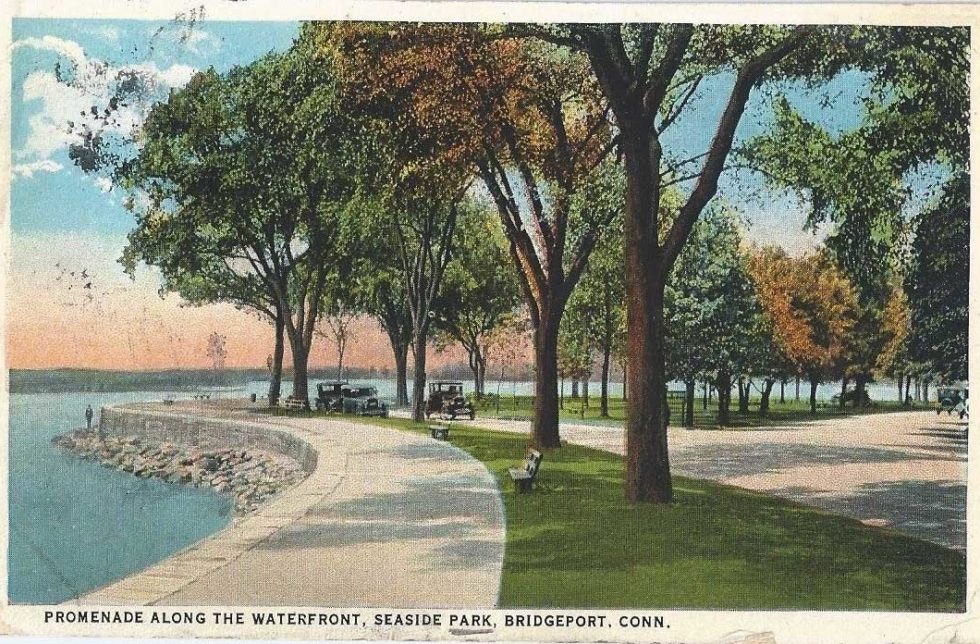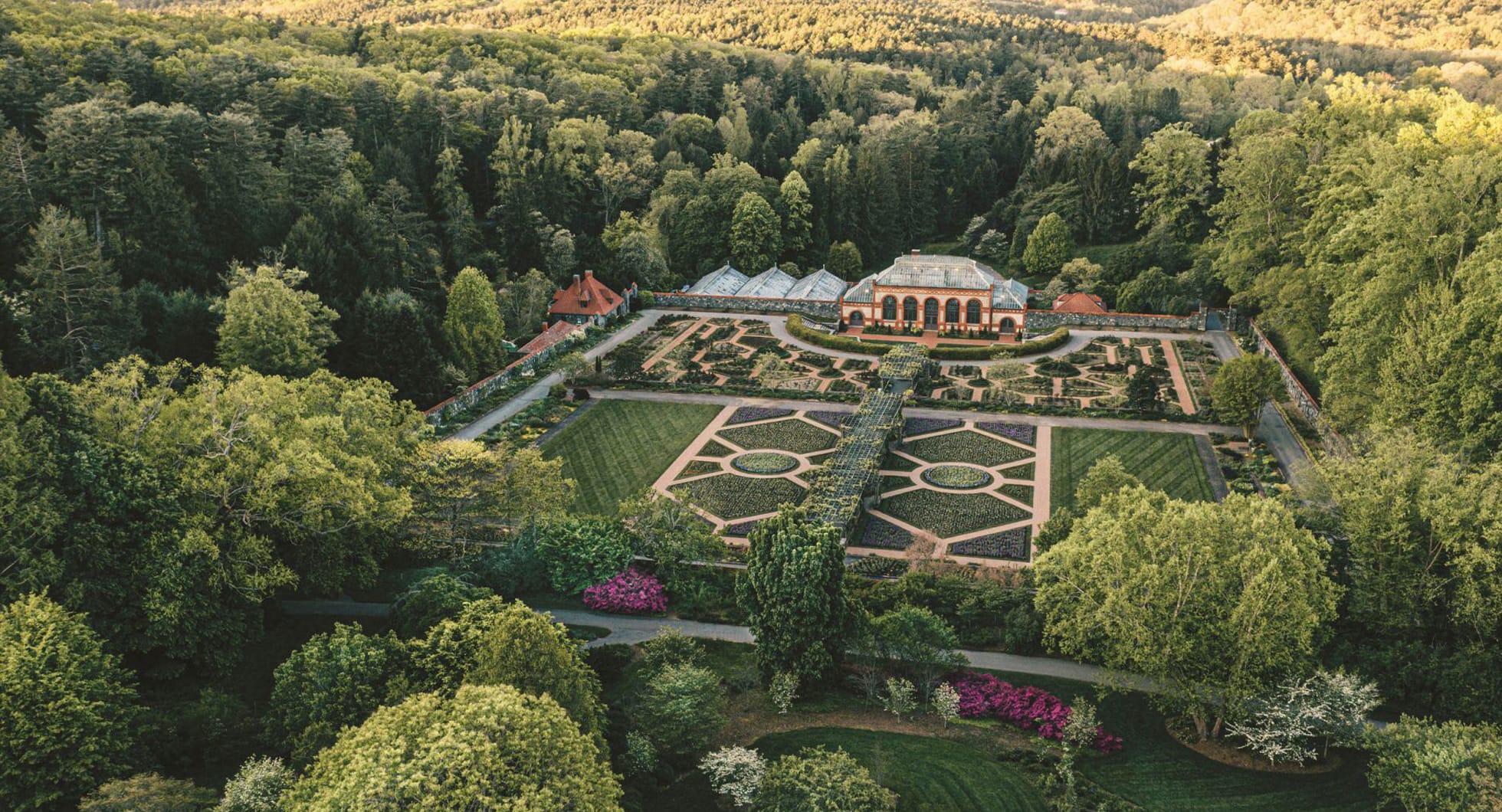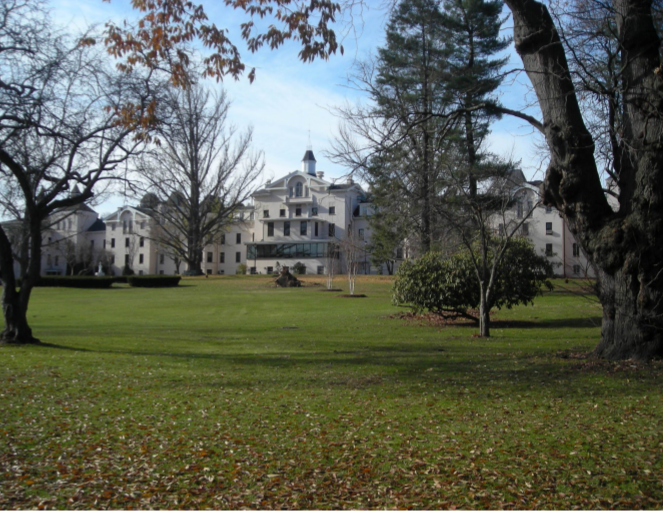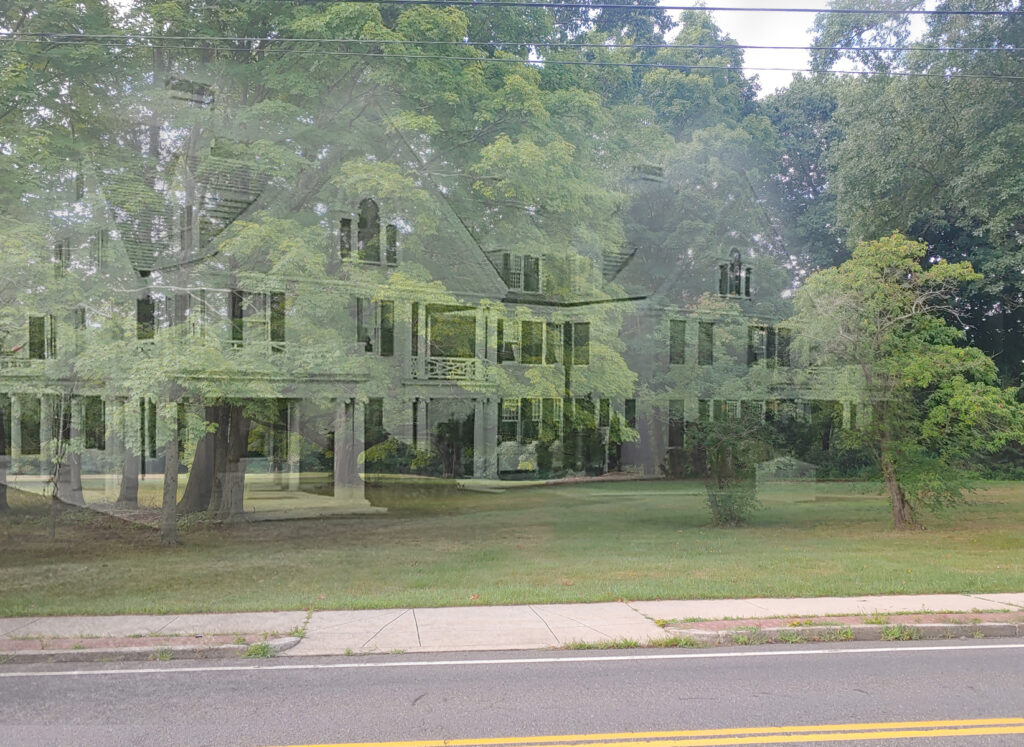
The history of Manchester, Connecticut cannot be told without recounting the contributions of the Cheney family, who’s famous silk mill business was estimated to have employed at least 25% of the Town’s population at its peak. The sprawling campus of the Cheney Mills complex was established as the Cheney Brothers National Historic Landmark District by the U.S. Department of Interior in 1978.
The district spans approximately 175 acres. It includes all the remaining Cheney Brothers Silk Mills, the 18th century Cheney Homestead house and several 19th century mansions built for the Cheney family members. Also included were the schools, churches and halls built by the Cheneys for their employees. Lastly, over 275 residential structures built for company workers and their families were also part of the district.
Unfortunately, by the time of the designation of the Historic Landmark District, one of the Cheney family mansions and most of its grounds had already been lost.
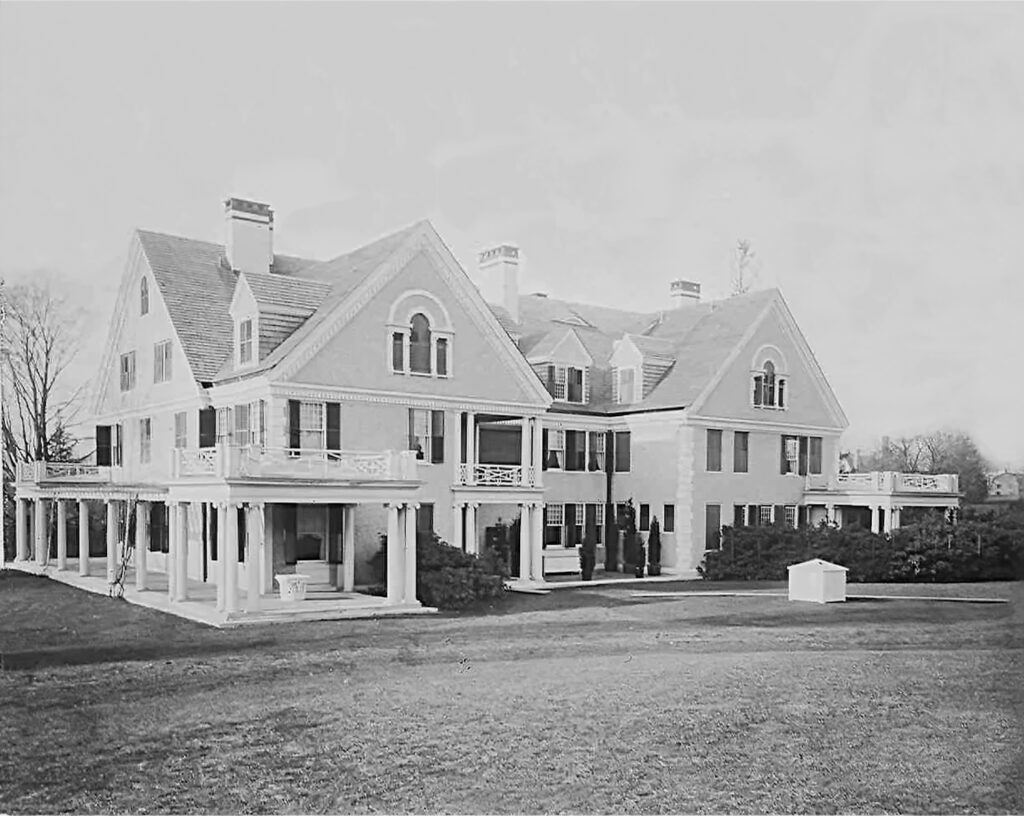
The Anne W. Cheney mansion once stood at what is now 106 Hartford Road, just east of the Cheney Homestead. Although the house and its landscape are gone, the Olmsted Brothers landscape architecture firm left behind detailed documentation of the site from their time working with Ms. Cheney between approximately 1899 and 1905, which provides a glimpse into the history of a significant historical landscape.
The 40-acre property that included the former Anne W. Cheney mansion has been significantly altered over the years. In 1968, Interstate 384 was constructed, crossing through Manchester in an east-west orientation. The highway bisected the property. Prior to the construction of I-384, Hop Brook meandered naturally across the site from east to west. The land along the banks of the brook was relatively flat and was maintained as a meadow. This flat meadow became the location of the highway, with the brook rerouted to follow a straight line along the northern side of the highway.
Just south of the brook the land sloped downhill toward the southern portion of the property, which was historically used as hay fields and pasture and later allowed to grow into a more naturalistic landscape at the suggestion of John Charles Olmsted.
Most of the design work done by the Olmsted Brothers firm was focused on the northern portion of the site around the mansion itself. Fortunately, this portion of the site remains undeveloped. The 5.7-acre parcel has been maintained for its historical value, with the original Cheney Homestead house still standing and maintained as a museum by the Manchester Historical Society. Although the neighboring mansion is long gone, it is still possible to decipher its original location on the ground. The curb cut for the driveway to the mansion still exists, and from what was once the driveway entrance one can just make out the path of the former driveway through the mature trees.
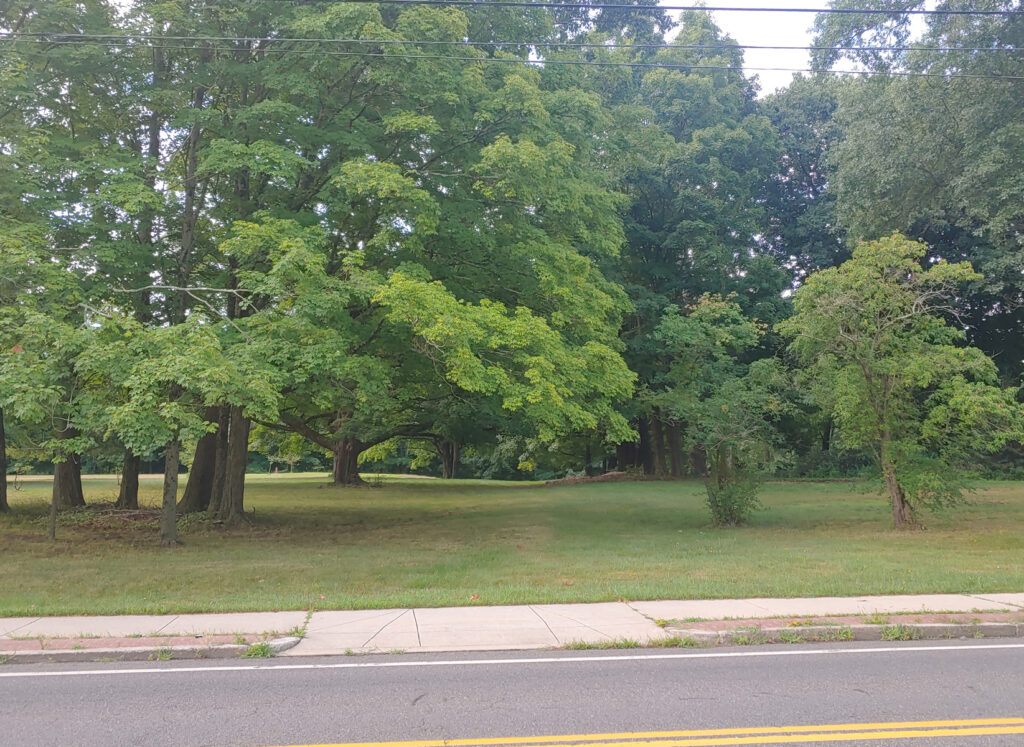
Thanks to the detailed records available from the Olmsted Archives, the author was able to compare the existing vegetation on this portion of the site to what was present in 1900 and what was added between then and 1903. Geolocation of the existing trees and comparison to the historical mapping and accompanying field notes resulted in the positive identification of two trees on the site which were likely already present when the site was surveyed in 1900, and two additional trees that were likely planted by the Olmsted Brothers firm in 1902. Three of these four trees were Norway spruces, and unfortunately only one is still living. The fourth identified tree is the honeylocust behind the Cheney Homestead house, and is on Connecticut College Arboretum’s list of Notable Trees in Connecticut.
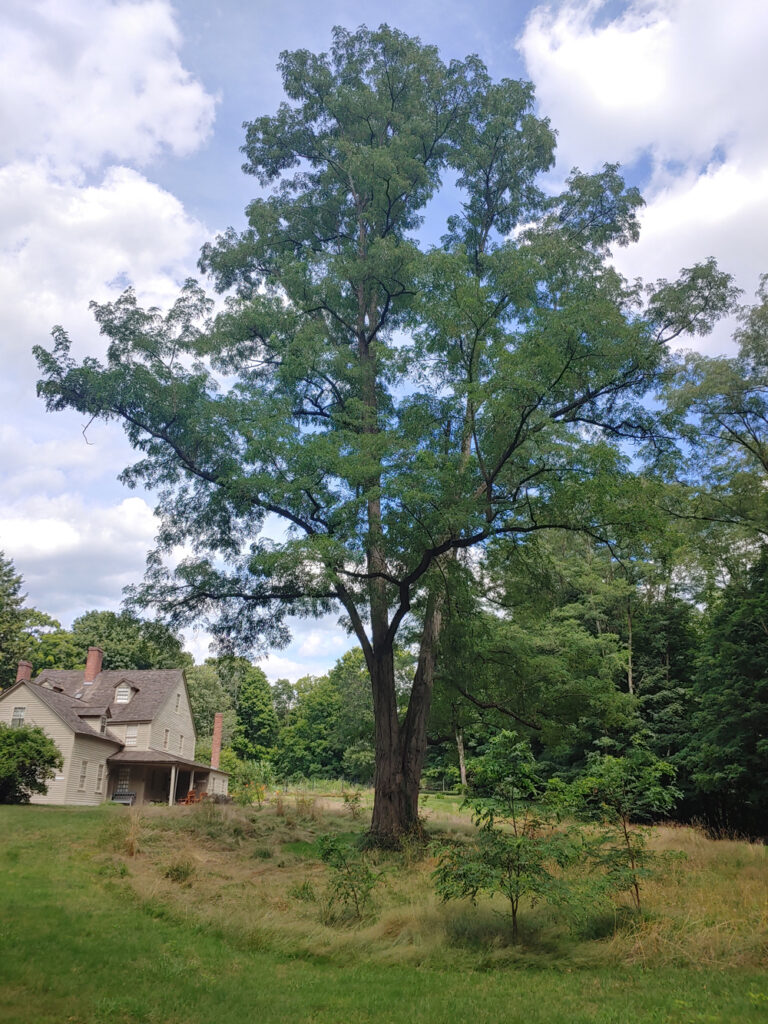
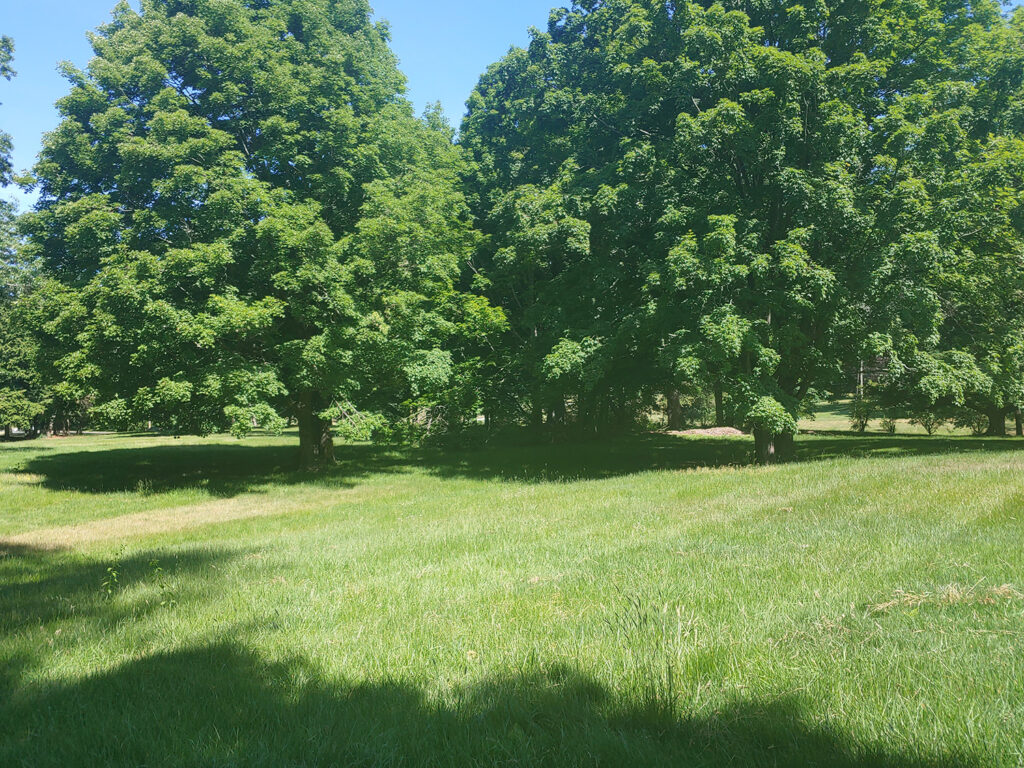
Overall, the composition of trees on this portion of the site has changed significantly. The historical mapping shows a diverse mix of species, including spruce, hemlock, cedar, elm, tulip, chestnut, apple, locust, basswood, hickory, yellowwood, birch, magnolia, maple, poplar, oak, and pine species. The existing tree population is less diverse. Approximately 35% of the existing trees are maples, 30% are hemlocks (several of which have visible woolly adelgid infestation), 9% are oaks, and 6% are spruce. The remaining 20% of the tree population includes a few locusts and dogwoods, a couple of beeches, one cucumber magnolia, two American basswoods, one linden, one pignut hickory, one ash, one cherry, and one eastern red cedar.
For more information on the history of this site, visit the Manchester Historical Society at www.manchesterhistory.org.
Author Megan Pilla, PLA, ASLA, entered the Anne W. Cheney Mansion and Grounds in the 2022 Historic American Landscape Survey (HALS) Challenge. Learn more about the 2022 HALS Challenge, Olmsted Landscapes, here.
Color photos by Megan Pilla.









